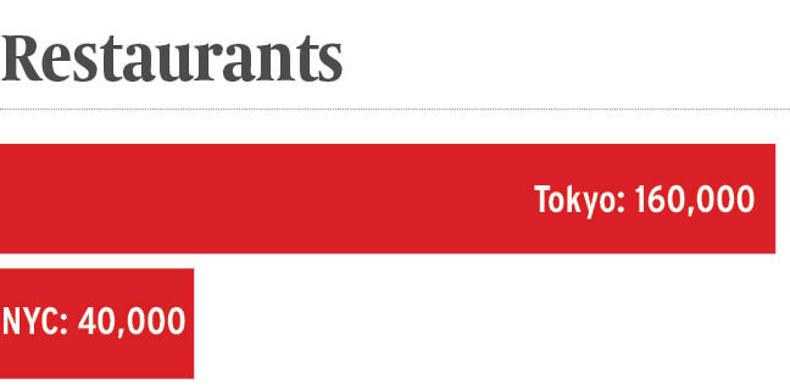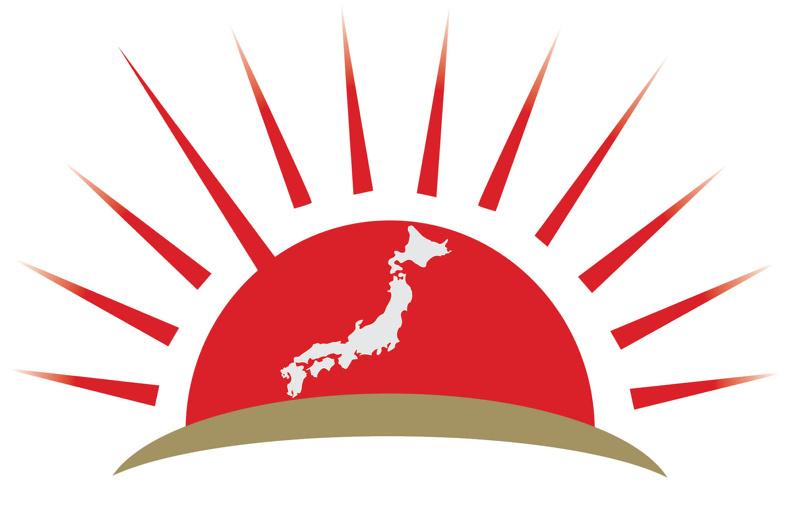60%
Japan is a net importer, and relies on imports for 60% of its food consumption on a calorific basis.
$51bn
According to the UN, Japan imported over $51bn worth of food and drink into the country in 2016.
66
The average age of a farmer in Japan is 66 and it’s often difficult to encourage young people into the sector as it’s seen as a poor relation in comparison to the technology industry in Japan. Farmland declined from 6.09m ha in 1961 to 4.65m ha in 2006.
Listen to audio from the Irish trade mission to Japan and South Korea in our podcast below:
15%
Japan is only 15% self-sufficient in cheese and is the sixth largest importer of cheese in the world with an annual requirement of 300,000t. Ireland accounts for 1% of the cheese market in Japan and is the tenth biggest exporter of cheese to the country. Japanese imports of cheese have increased tenfold in the last decade and Minister Creed is hoping that any decrease in demand for Irish cheddar in the UK can be balanced out by exporting more Irish cheddar to Japan.
460,000t
Japan produces 460,000t of beef a year but imports 730,000t a year. Australia is the biggest exporter of beef to Japan and accounts for 53% of the trade. The US is the second biggest exporter of beef to Japan and accounts for 39% of the trade worth an estimated $1.5bn.

€56m
Irish food and drink exports to Japan totalled €56m in 2016 and were dominated by pigmeat exports in particular.
1%
Consumption of lamb is less than 1kg/head and makes up only 1% of total meat consumption in Japan. Yet, Bord Bia and Minister Creed are keen to establish a market for Irish lamb in Japan in the hope of expanding the international portfolio of Irish sheep meat.
500,000t
Australia enjoys a free-trade agreement with . The Australians typically export 500,000t of beef to Japan every year. The main products that are imported are beef, brisket, round steak and chuck.
870,000
There are 870,000 dairy cows in Japan, but this number is declining as the country struggles to attract younger farmers into the industry.
50%
Pigmeat is the largest consumed meat in Japan, with consumption around 2.63m tonnes, or 15.3kg/capita. The country is less than 50% self-sufficient in pigmeat and is the second largest importer of pork in the world after China. US pork accounts for 31% of all pig meat imports to Japan.
€150/kg
Traditional Japanese Wagyu beef is still highly prized by people in the country, who favour heavily marbled, thin strips of beef. It can sell for anything upwards of €150/kg, depending on the cut of meat.
30
Cattle are raised by farmers until they are 30 months of age and weigh between 750-800kg. They are then transported to a market for inspection before being slaughtered. There are 15 different carcase grades in Japan, with a huge focus placed on the bright red colour and marbling of beef.






 This is a subscriber-only article
This is a subscriber-only article










SHARING OPTIONS: